Let's talk all about vegan groceries and pantry staples!
In this video I take you all along to the grocery store and show you what we get an average week in winter time. I also talk you through more or less all our pantry staples but if you want to refer back to them I have also listed them all down below. Remember when you read it that I am gluten intolerant so the list is somewhat tailored to my needs BUT I have included things that Rob would eat without me and things I would buy if I wasn’t dealing with a food intolerance. Also the list doesn’t have everything you might want to have in your vegan pantry – it’s just there to give you guys some ideas and hopefully it will be helpful to some of you that might be just getting started.
I have only included thigs that we keep stocked more or less all the time and don’t go off quickly in the list. This means that I haven’t listed things like fresh veggies or fruit. Of course we eat lots of that as well though and we try to shop as much according to the seasons that we can manage. Here in the Northern hemisphere that means lots of root veggies and hearty greens like kale in winter and an abundance of fresh veggies and berries in the summer.
Malin x
Whole grains, refined grains, pasta and noodles:
Whole grains are a great, filling staple in a vegan diet. There’s lots of variety when it comes to grains but as I am personally gluten intolerant I keep the ones I can eat on hand. Some others that I would enjoy if this wasn’t the case are barley, freekeh, kamut, bulgur, rye flakes, whole grain pasta and cous cous etc. Also whole grain bread, sourdough bread, cracker bread, wraps and various types of noodles make great additions to a vegan pantry.
I like to start my day with a bowl of oats, hot in the winter and chilled over night in the summer. A lot of grains make great bases for salads, my favourite for this is quinoa. To go with stews I like brown rice and I love a good slice of bread with soup. Pasta and noodle dishes make for quick lunches and dinners. There are infinite ways to enjoy grains! Here are the ones I always keep on hand:
- Oats - steel cut and rolled/flakes
- Brown rice / White rice
- Quinoa
- Buckwheat
- Millet
- Muesli, granola and/or vegan friendly cereal
- Brown rice pasta
- Rice and maize based pasta
- Rice noodles and brown rice ramen
- Gluten free whole grain bread
- Gluten free cracker bread
- Gluten free bread crumbs
Beans and legumes:
Beans and legumes are great sources of protein in a vegan diet. They are also rich in fibre and minerals. Again there’s lots to choose from in this category; various types of beans, peas and lentils that come either dry or pre-cooked. Dry that you (sometimes soak and) cook yourself are more cost effective and pre-cooked are great for quick meals.
Beans and lentils go great in various salads, stews and soups. I like adding white beans to blended soups to make them a little thicker and more creamy. I also love to make bean dips and hummus which is yummy in sandwiches or dolloped Onto your buddha/grain/nourish bowls. Most cuisines around the world use beans and/or lentils in some way and I find they lend themselves to a whole load of different dishes. I think this is partly because they carry flavour really well, especially lentils!
- Beluga and puy lentils for salads
- Green and split red lentils for soups, stews and dal
- Chickpeas for hummus
- Black beans for refried beans and other South American inspired dishes
- Yellow peas for soup
- Black eyed peas
- Mung beans
- Chickpeas, white cannelini beans, butter beans - for lazy hummus, salads, curries and stews
- Black beans, pinto beans - for refried beans and tortilla soup
- Red kidney beans for Hungarian bean soup, rice and peas and chili
- Lentils for salads and soups
Other pantry staples:
There are plenty of other things I keep in the pantry for my every day cooking like canned goods beyond beans, baking supplies, snacks, spices and some dry mushrooms and seaweed. We also keep tea and coffee on hand so that we can keep up with our hot drink needs. Below is a list of our favourites in each category:
- Chopped and whole tomatoes and passata
- Jackfruit for making taco "meat"
- Coconut milk
- Oat milk
- Soy milk
- Dried herbs of different kinds, for example basil, oregano, Italian mix, herbs de Provence etc
- Garlic and onion powder
- Smoked paprika and sweet paprika powder
- Whole and ground cumin
- Whole and ground coriander
- Cinnamon, ground cardamom and all spice
- North African spice mix: Ras el Hanout
- Carribean jerk seasoning
- Good quality salt with added iodine
- Black salt, also known as kala namak, for an egg-like flavour
- Black pepper corn in my grinder
- Porcini mushrooms
- Nutritional yeast
- Nori sheets for sushi making and snacking
- Kombu/Kelp for using in soups and broths
- Arame and seaweed mix for sea vegetable salads
- All purpose wheat flour, spelt flour and rye flour for Rob's sourdough baking
- Buckwheat flour, brown and white rice flour, sorghum flour and almond meal for my gluten free baking
- Dry yeast, baking soda and baking powder
- Cane sugar, muscovado sugar, maple syrup and rice malt syrup
- Milled flaxseed as an egg replacer
- Vanilla powder and/or extract
- Nuts like walnuts, almonds, cashews - I also use these in baking and cooking
- Seeds like sunflower, pumpkin, hemp, sesame and flax
- Dried fruits like apricots, prunes, raisins and dates
- Nut butters like peanut butter, almond butter and tahini - also used for sauces and in cooking
- Bars like Lärabar or Clif
- Fair trade coffee beans or ground coffee
- Fair trade English Breakfast and/or Earl Grey tea
- Genmaicha green tea (has an amazing roasted flavour)
- Fennel tea (great to settle an upset stomach)
- Peppermint tea (same as above)
- Licorice tea (has a lovely sweet taste)
In the refrigerator:
We keep many sauces and condiments on hand to add interest to our meals as well as some bits and bobs that like to hang out in the fridge for longer periods of time.
- Soy sauce
- Hot sauces
- Tomato paste
- Ketchup
- Mustard - dijon, whole grain and a spicy and sweet variety for vegan sausages and hot dogs
- Miso paste - comes in different varieties and is great for flavouring savoury dishes and soup
- Jam and marmalade
- Tofu - plain and smoked
- Fermented foods like sauerkraut and kimchi
- Fresh dates
- Fair trade chocolate
- Sandwich spreads like Tartex or vegan caviar
- Vegan margarine and butter
- Vegan cheese
- Beverages like kombucha and beer
In the freezer:
The freezer is a very convenient way to store food and we always keep it stocked so that we can make quick and easy meals, smoothies and banana ice cream. Frozen veggies work really well in soups as well as curries. And! If you worry about fruits and vegetables going off before you have time to eat them buying frozen is perfect. It also allows you to eat locally grown foods that are out of season like berries and green beans in winter time.
- Broccoli
- Cauliflower
- Green beans
- Green peas
- Edamame beans
- Sweetcorn
- Mixes of different veggies
- Berries like bluberries, raspberries and strawberries
- Cherries
- Mango
- Bananas
Oil and vinegar:
I always keep oils and vinegars on hand to cook with and to use in dressings and marinades. These are the ones I always keep on hand:
Rapeseed oil – for frying
Extra virgin olive oil – for dressings
Toasted sesame oils – for stir frys, noodle dishes and marinades
Chli oil – to drizzle over anything that needs a kick
Balsamic vinegar, apple cider vinegar and red wine vinegar – for dressings

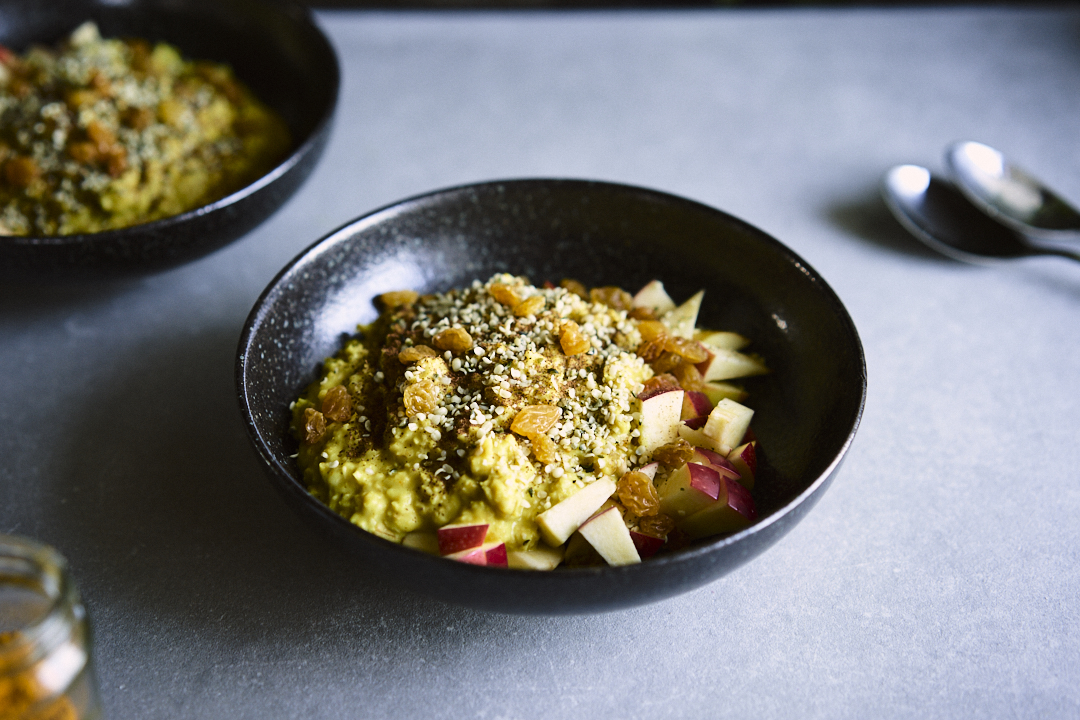

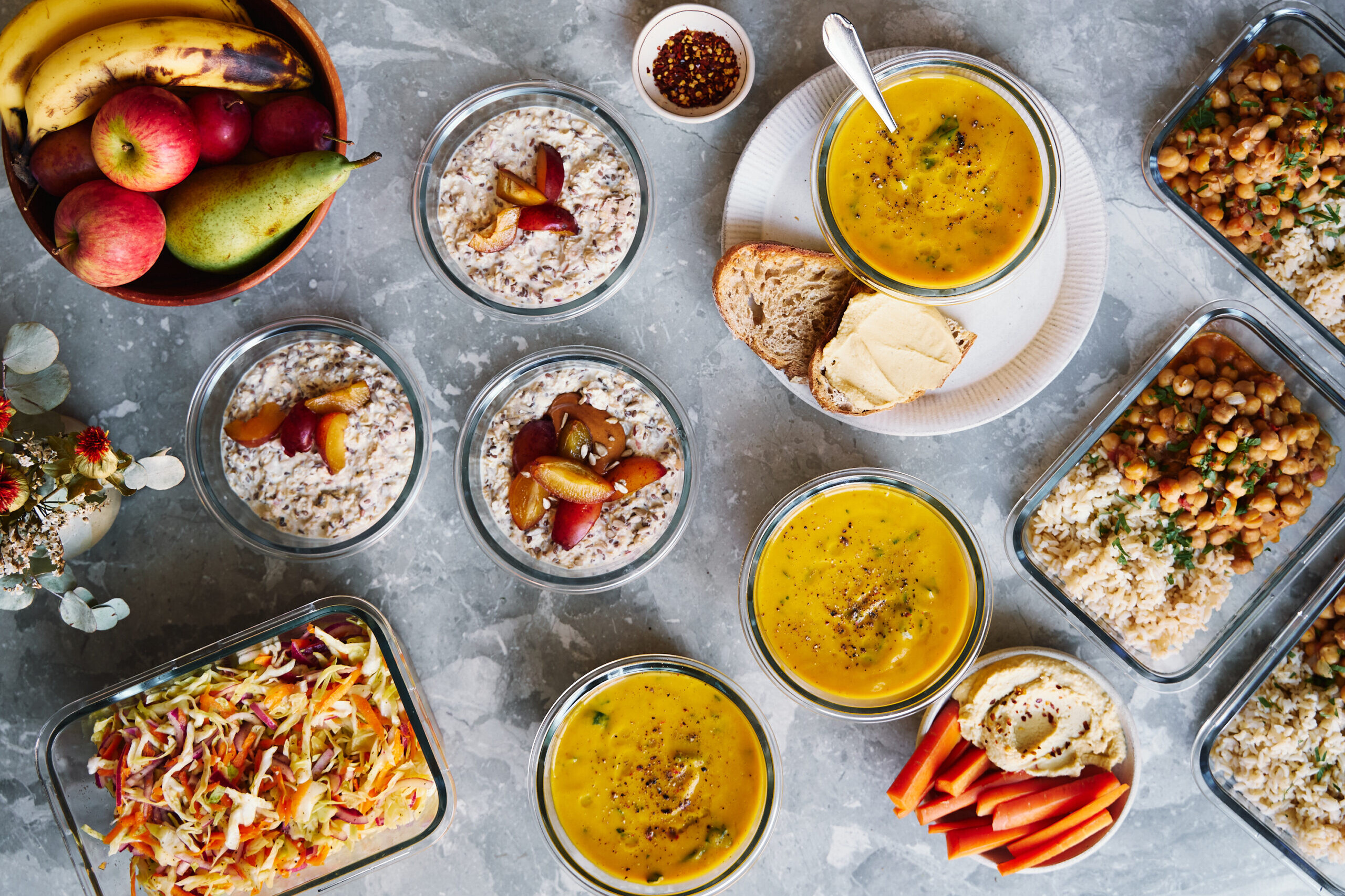
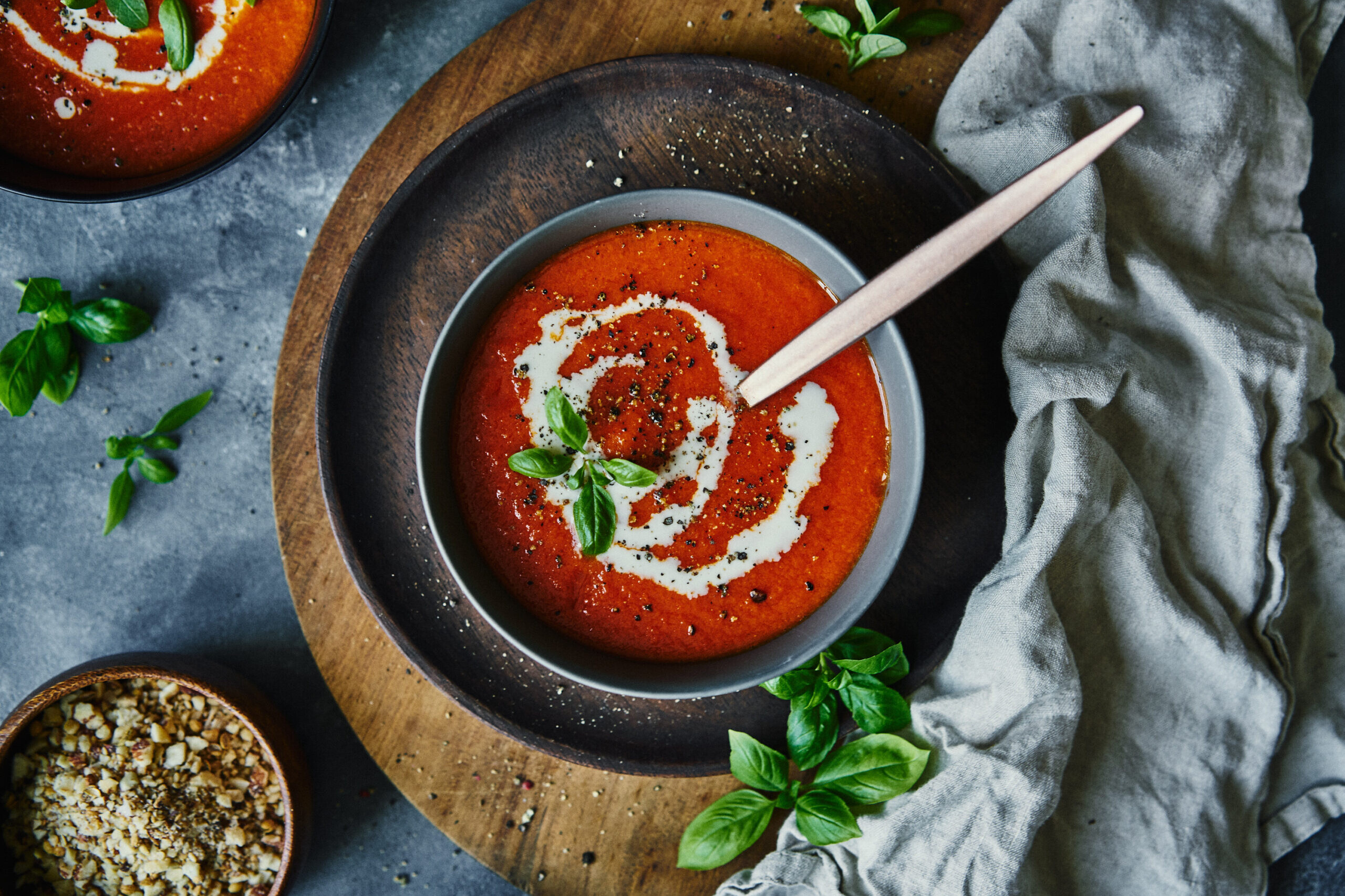
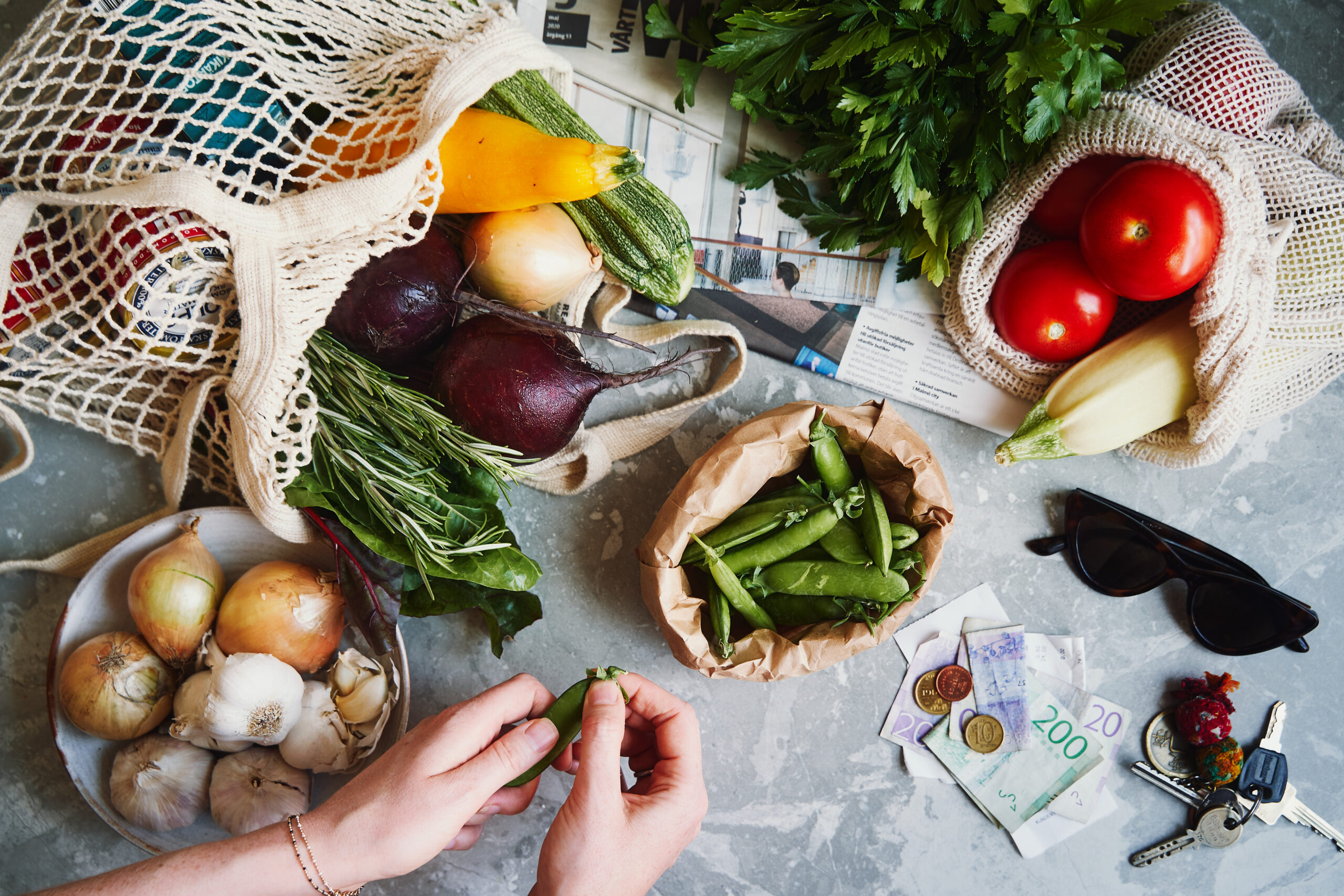
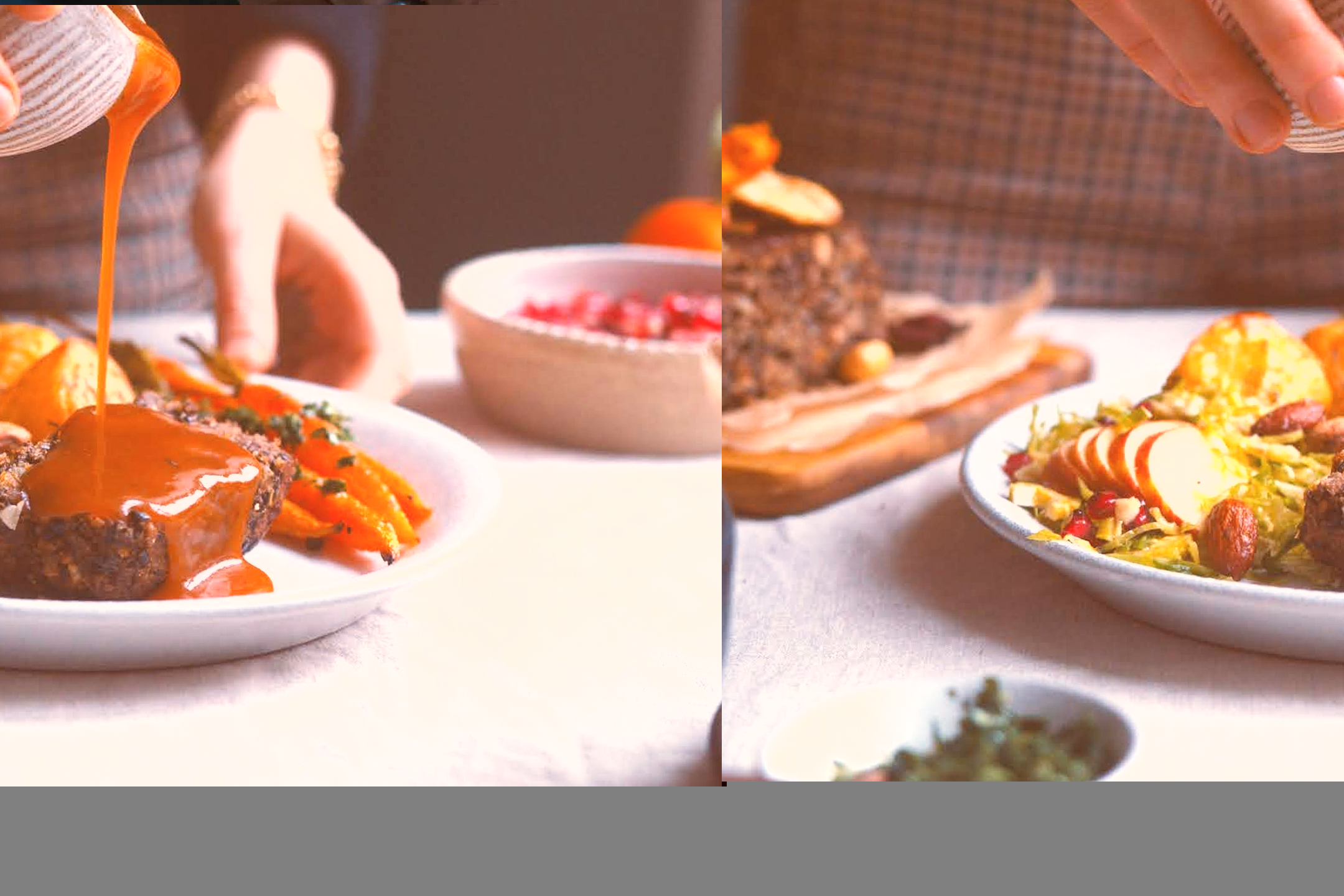
Love Love Love your recipes, insight and you! ♥️
Thank you kindly for this sweet message, I’m so pleased you enjoy what I share! 🙂 x